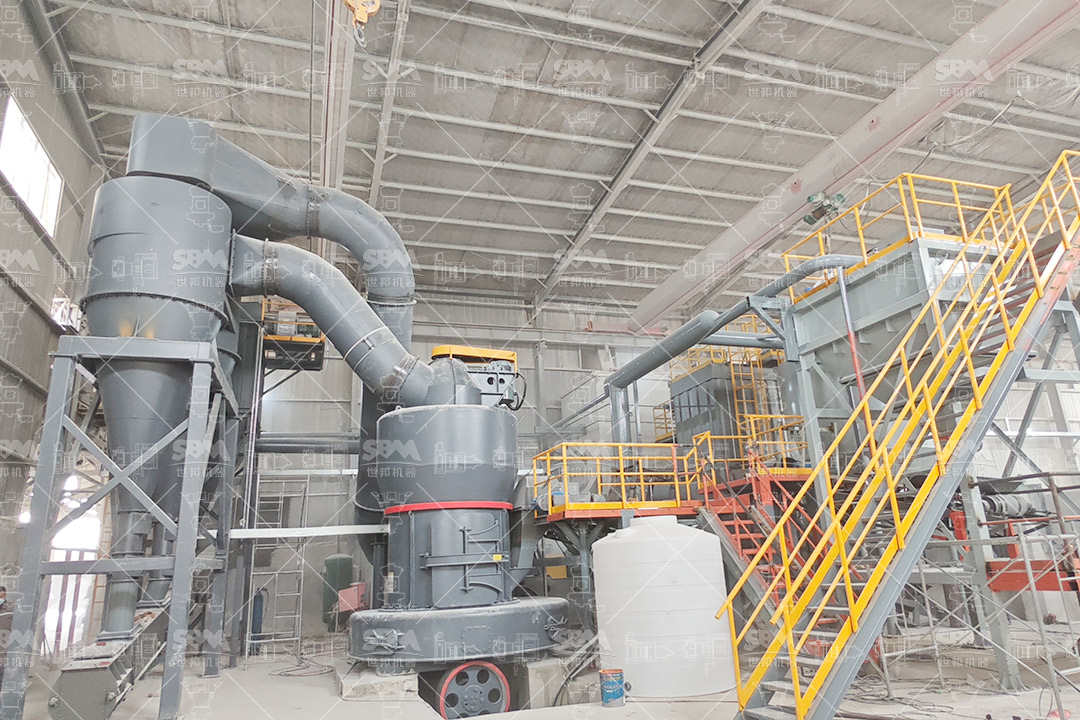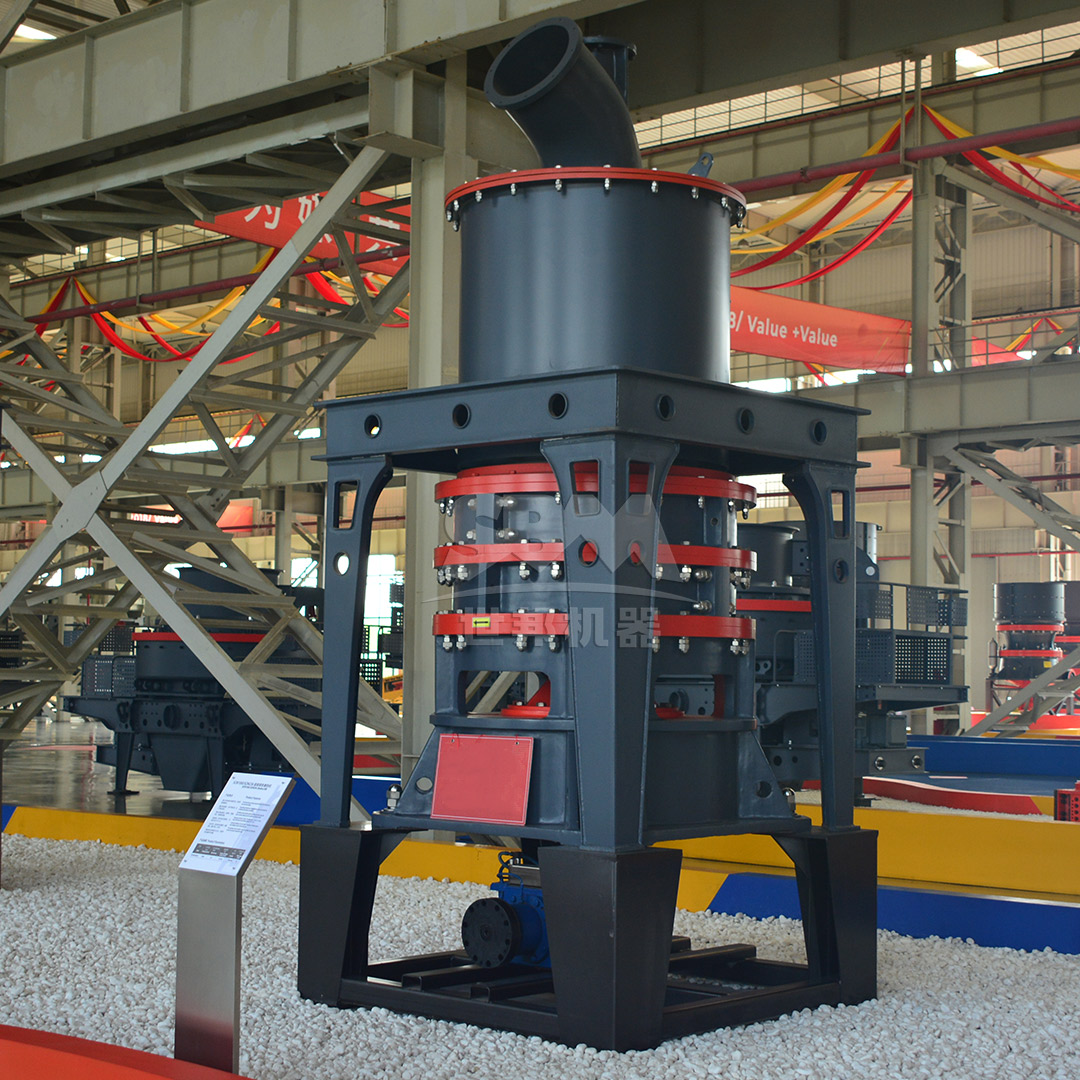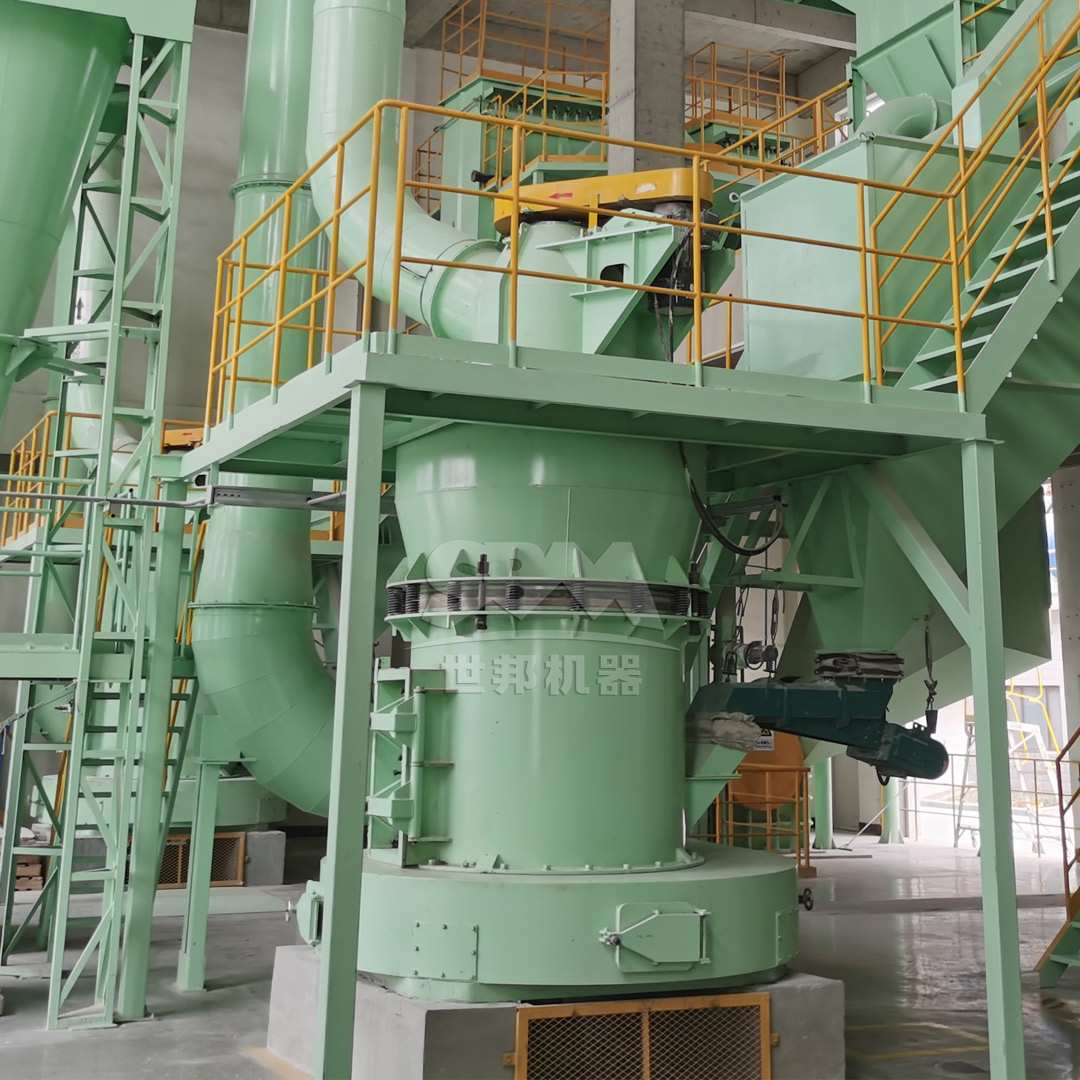The production of high-performance refractory materials relies heavily on the quality and consistency of raw material processing, particularly bauxite grinding. Bauxite, as the primary source of alumina for refractory applications, requires precise particle size distribution and chemical stability to ensure optimal performance in high-temperature environments. Modern bauxite grinding plants have evolved into sophisticated systems that integrate advanced milling technologies, classification systems, and automation controls to meet the stringent requirements of the refractory industry.

Particle size distribution plays a critical role in determining the final properties of refractory materials. Properly ground bauxite ensures optimal packing density, improved sintering behavior, and enhanced mechanical strength in the final refractory products. The grinding process must achieve a carefully balanced particle size distribution where coarse particles provide structural integrity while fine particles fill interstitial spaces and promote sintering.
Modern bauxite grinding plants employ various milling technologies, each with specific advantages for different stages of the grinding process. The selection of appropriate grinding equipment depends on factors such as feed size, required product fineness, production capacity, and energy consumption targets.
For primary grinding of raw bauxite with feed sizes up to 50mm, the MTW Series Trapezium Mill offers an excellent solution with its robust construction and high processing capacity. This mill features advanced design elements including curved air channels that minimize energy loss and combined shovel blades that significantly reduce maintenance costs. With processing capacities ranging from 3-45 tons per hour and the ability to produce powders from 30-325 mesh (up to 0.038mm), the MTW Series provides the flexibility needed for various refractory production requirements.
| Model | Processing Capacity (ton/h) | Main Motor Power (kW) | Feed Size (mm) | Output Fineness (mesh) |
|---|---|---|---|---|
| MTW110 | 3-9 | 55 | <30 | 10-325 |
| MTW138Z | 6-17 | 90 | <35 | 10-325 |
| MTW175G | 9.5-25 | 160 | <40 | 10-325 |
| MTW215G | 15-45 | 280 | <50 | 10-325 |
For high-performance refractory applications requiring ultra-fine bauxite powders, the SCM Ultrafine Mill represents the pinnacle of grinding technology. This advanced mill can achieve remarkable fineness levels of 325-2500 mesh (D97≤5μm) while maintaining energy efficiency that surpasses traditional jet mills by 30%. The SCM series incorporates a vertical turbine classifier that ensures precise particle size切割 and eliminates coarse particle contamination, resulting in exceptionally uniform bauxite powders ideal for premium refractory formulations.

| Model | Processing Capacity (ton/h) | Main Motor Power (kW) | Feed Size (mm) | Output Fineness (mesh) |
|---|---|---|---|---|
| SCM800 | 0.5-4.5 | 75 | 0-20 | 325-2500 |
| SCM1000 | 1.0-8.5 | 132 | 0-20 | 325-2500 |
| SCM1250 | 2.5-14 | 185 | 0-20 | 325-2500 |
| SCM1680 | 5.0-25 | 315 | 0-20 | 325-2500 |
A modern bauxite grinding plant comprises multiple integrated components working in harmony to achieve optimal results. Beyond the core milling equipment, these systems include feeding mechanisms, classification systems, dust collection units, and automated control systems that ensure consistent product quality and operational efficiency.
Advanced classification systems are essential for achieving the precise particle size distributions required for high-performance refractory materials. Modern grinding plants utilize high-efficiency classifiers that can separate particles based on size with exceptional accuracy. These systems work in closed circuit with the grinding mills, returning oversize material for further grinding while allowing properly sized particles to proceed to product collection.
Bauxite grinding operations generate significant amounts of dust that must be effectively controlled to ensure worker safety and environmental compliance. Modern plants employ pulse-jet baghouse filters with collection efficiencies exceeding 99.9%. These systems not only protect the environment but also enable the recovery of valuable product that would otherwise be lost.
The relationship between grinding parameters and final refractory properties is complex and requires careful optimization. Key parameters include mill speed, grinding media size and distribution, slurry density (for wet grinding), and classifier settings. Each of these factors influences the resulting particle size distribution, which in turn affects the packing density, sintering behavior, and mechanical properties of the final refractory product.

Grinding operations typically account for a significant portion of the energy consumption in refractory production. Modern bauxite grinding plants address this challenge through several innovative approaches. The SCM Ultrafine Mill, for instance, achieves energy savings of 30% compared to traditional jet mills while delivering twice the production capacity. Similarly, the MTW Series Trapezium Mill incorporates curved air channel technology that reduces airflow resistance and minimizes energy consumption.
When evaluating grinding equipment for bauxite processing, refractory producers must consider the total cost of ownership, which includes not only initial investment but also energy consumption, maintenance requirements, and operational reliability. Advanced mills with durable components, such as the specially formulated grinding rollers and rings in the SCM series, offer extended service life that significantly reduces long-term operating costs.
The evolution of bauxite grinding technology continues to advance, with several emerging trends shaping the future of refractory production. These include the integration of artificial intelligence for real-time process optimization, the development of novel grinding media with enhanced wear resistance, and the implementation of comprehensive digital twin systems that enable virtual testing and optimization of grinding circuits before physical implementation.
Modern bauxite grinding plants are increasingly incorporating Industry 4.0 principles, with interconnected sensors, automated control systems, and cloud-based data analytics. These technologies enable predictive maintenance, real-time quality monitoring, and remote operation capabilities that enhance both efficiency and product consistency.
The bauxite grinding plant represents a critical component in the production chain for high-performance refractory materials. Through the application of advanced grinding technologies such as the SCM Ultrafine Mill and MTW Series Trapezium Mill, refractory producers can achieve the precise particle size distributions necessary for optimal product performance. As grinding technology continues to evolve, incorporating greater efficiency, enhanced control capabilities, and improved sustainability, the refractory industry will benefit from higher quality products and more competitive production costs. The proper selection and optimization of bauxite grinding equipment remains fundamental to meeting the increasingly demanding requirements of modern high-temperature applications.